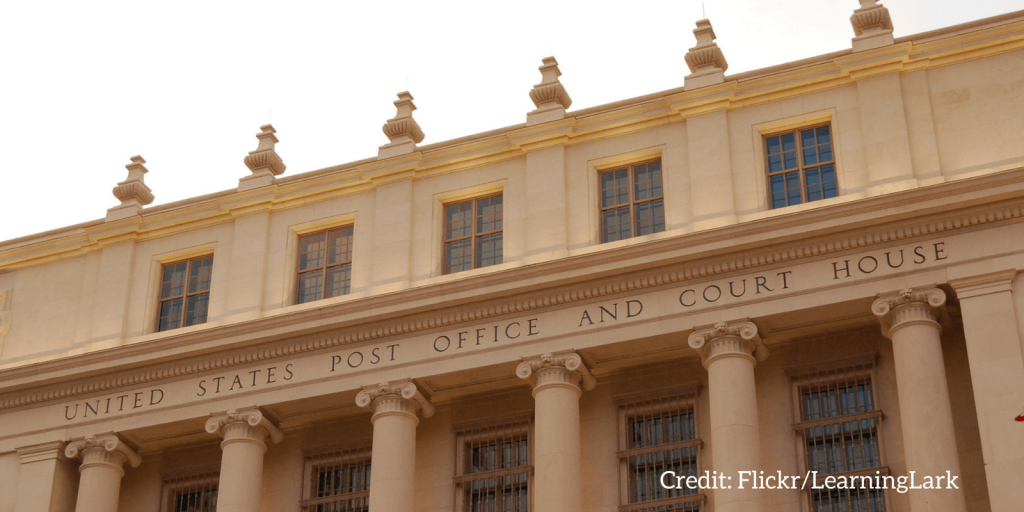Just because you list a student loan debt on your bankruptcy case doesn’t mean it’s wiped out once the case is over. You need to take additional action – but before that, you need to do your homework.
Once upon a time, student loans were dischargeable in bankruptcy court.
As the years went by, more limits were placed on people who wanted to wipe out those debts. Congress gradually increased the required age of the past due federal loans to be discharged automatically, and then in 2005 put the final nail in the coffin by sweeping up private student loans as well.
In 1996, the Bankruptcy Code prevented the discharge of all “educational . . . loans made, insured or guaranteed by a governmental unit or nonprofit institution.” And so anyone with a student loan that had no connection with the government or a nonprofit institution was, conceivably, home free.
Enter James Corletta, who filed for bankruptcy in 1997 (under his former name of James Pappas) with the hope of, among other things, wiping out a student loan issued by Texas Higher Education Coordinating Board that he’d cosigned for a friend of his.
Corletta, at the time of his bankruptcy filing, owed what he described on his bankruptcy papers as a Hinson-Hazelwood College Access Loan in the amount of $18,193.56 to Texas Higher Education Coordinating Board. Neither he nor THECB filed any papers with the bankruptcy court regarding the dischargeability of the debt, probably because Corletta figured that it was going to be automatically discharged and THECB figured that it was a debt excepted from discharge.
Fast forward to 2014, when Corletta marches back into bankruptcy court because THECB filed a lawsuit against him for collection.
What happens next shows just how complicated it can be to puzzle out the student loan discharge issue in bankruptcy.
Corletta’s new lawyer (not the same one who filed his bankruptcy case for him) walks into court claiming that the THECB loan doesn’t fit under the definition of having been, “made, insured or guaranteed by a governmental unit or nonprofit institution.”
She also claims that the changes to the bankruptcy laws made in 2005, which limited educational loans to those incurred by a taxpayer for himself, a spouse, or any dependent, somehow applied to Corletta’s case.
Perhaps Corletta’s attorney slept through the part of law school that talked about the application of laws and how they’re not effective until they’re actually signed into law. If she had, perhaps she wouldn’t have made the argument that the 2005 laws somehow applied to a 1997 case.
The next thing that baffles is the apparent confusion the lawyer shows when it comes to the question of whether a student loan is made, insured or guaranteed by a governmental unit.
Corletta’s lawyer spends a lot of time going through the history of the College Access Loan and THECB, but doesn’t seem to read the part of the Bankruptcy Code (§ 101(27) for those of you who are playing along at home) that defines a governmental unit as, “department, agency, or instrumentality of . . . a State.” As the district court judge Robert L. Pitman notes:
The THECB was created by the Texas State Legislature in the Higher Education Coordinating Act of 1965, later codified as Chapter 61 of the Texas Education Code. TEX. EDUC. CODE § 61.021, et seq. Its powers and responsibilities are specifically delineated by the state legislature. TEX. EDUC. CODE § 61.021 (“
[The THECB] shall perform only the functions which are enumerated in this chapter and which the legislature may assign to it.”). And it is authorized to issue and sell general obligation bonds of the state of Texas to fund its loan programs. TEX. CONST. art. III, §50b-4–50b-7. At the very least, this establishes that the THECB is an “agency, or instrumentality” of Texas.Seems like the sort of thing a lawyer would look into when trying to figure out if a student loan was discharged in a client’s bankruptcy.
I wonder whether this is a case of a lawyer operating out of their field of expertise, or a Hail Mary pass borne of a desire to bring the THECB to the bargaining table. I’m hopeful that it was the latter, but I think bringing a case of this sort was a terrible idea because there was virtually no chance of winning.
This is an example of a student loan borrower failing to take action in a timely manner and then being backed into a corner. Corletta filed for Chapter 7 bankruptcy in 1997, then ignored his student loans until 2011 when the lawsuit was filed against him. Rather than taking action when he was served with the complaint, he again took no action and instead say idly by as a judgment was issued against him. Even then, he waited three years before filing his case in bankruptcy court.
Rather than fighting what was clearly a losing battle, Corletta should have sat down with his original bankruptcy lawyer to map out a plan of attack back in 1997. Over the intervening 18 years he could have likely worked out a modest payment plan that would have prevented a lawsuit and, ultimately, a judgment against him.
Instead, he chose to tilt at the proverbial windmill. And in the end, it got him nowhere.
Here’s a copy of the Corletta complaint.
And here’s a copy of the court decision.
